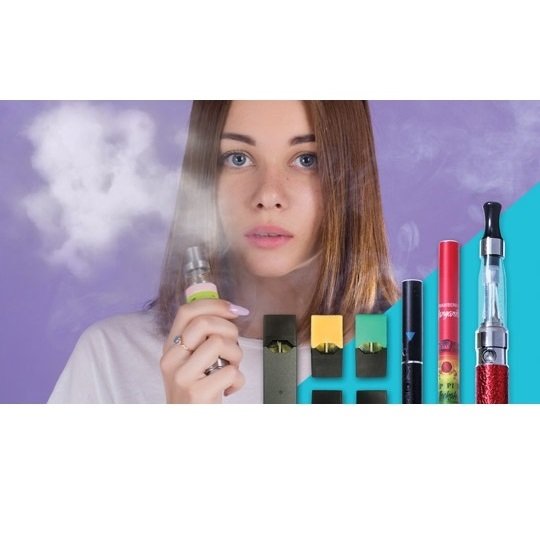JUULING AND VAPING: What the Latest Research Reveals
$149.95
-For Grades 7 & Up
-DVD + Printable Teaching Guide
-Released in 2019
The CDC reports that in 2018 more than 3 million teenagers are currently vaping and that number is climbing exponentially. Nicotine addiction, exposure to known carcinogens, and substituting cigarettes when they can’t vape, means that an entire generation of teens is at risk. There is a huge gap in understanding…
- Description
Description
The CDC reports that in 2018 more than 3 million teenagers are currently vaping and that number is climbing exponentially. Nicotine addiction, exposure to known carcinogens, and substituting cigarettes when they can’t vape, means that an entire generation of teens is at risk. There is a huge gap in understanding the true effects of vaping on short and long-term health. Juul, a single brand of flavored vape, dominates the market with a 63% share of the multi-billion dollar vape market. Teens today refer to vaping as “juuling.” It has become cool, accessible, and a very big problem.
This video presents the latest research on vaping to educate teens and help them understand the risks.
Teens need guidance on how to kick the habit if they already vape and need to understand why vaping is so dangerous.
Includes: 22-minute video, printable teacher’s resource book, and student handouts with pre/post tests.
DVD contains Spanish subtitles.
Sample Video Clip:
Awards:
Gold Telly Award
Reviews:
The Juul brand of e-cigarette and other vaping products containing nicotine, various chemicals, and fancy flavors are explored in this educational short examining the detriments and social aspects of this addictive substance. Both teens who are users and a group who choose not to vape provide information and context about the “fashion trend” of vaping, which can come in a form as small as a flash drive to easily conceal, doesn’t carry the stigma or smelly smoke from cigarettes, and can jack up the opiate receptors with dopamine. One participant admits “I’m not sure what’s in the vape juice,” but the program here lists aluminum, carcinogens, and even antifreeze as sometimes ingredients; other downsides include the lack of long-term studies on effects on the body and the expensive cost of vape maintenance (one non-user enthuses “That’s McDonald’s money!”). Featuring comments from experts including Insight Counseling director Elizabeth Driscoll Jorgensen, the program also directs addicts to reach out to nurses, counselors, and other adults for help in stopping the habit. Recommended. Aud: J, H, C, P. (J. Williams-Wood)
-Video Librarian










